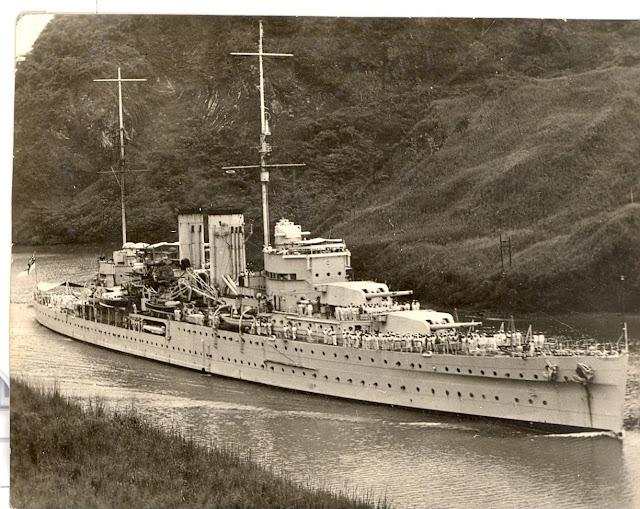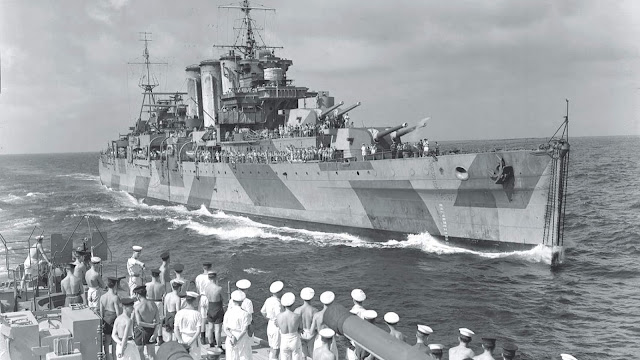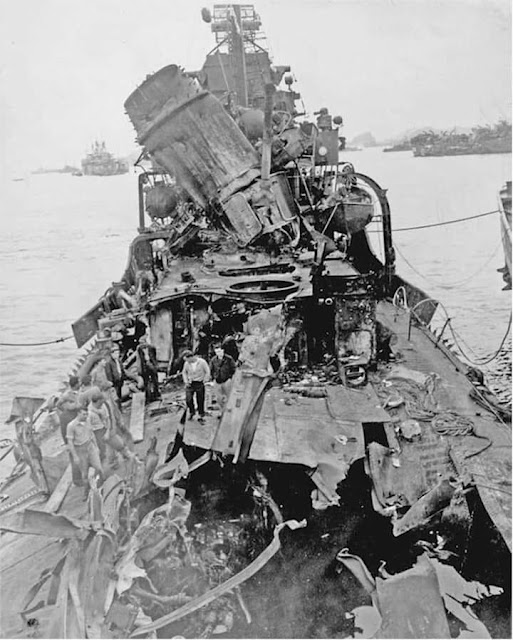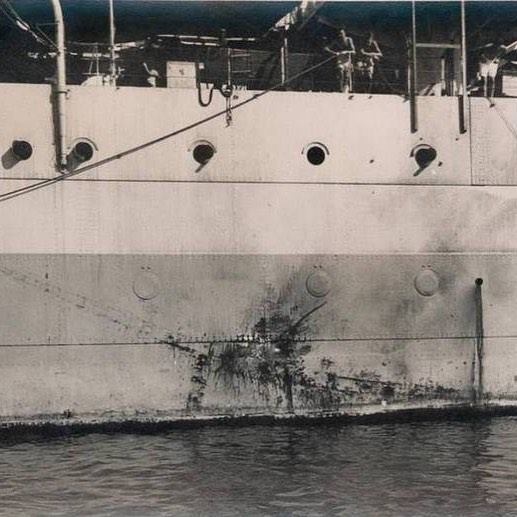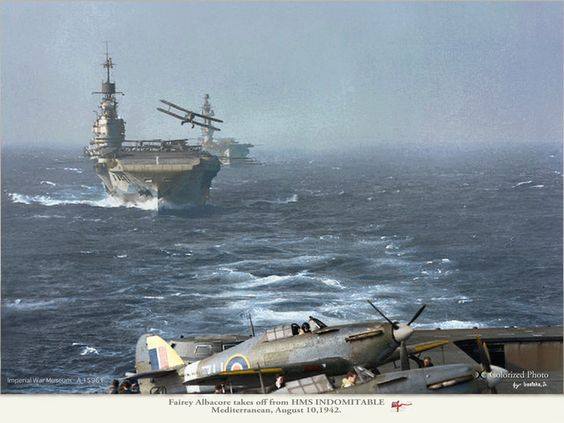 |
| OPERATION PEDESTAL...photo IWMc.. |
It's 1942, the Second World War rages on and Malta is under siege. The small Mediterranean island had been bombarded for almost two years by enemy forces keen to control this strategic post.
The Siege had taken its toll, the people of Malta and the personnel tasked with protecting her were starving. Plans were made for the biggest convoy to set sail for the island to be formed and Operation Pedestal began.
Twelve large merchant ships, loaded with ammunition, aircraft spares, food and medical supplies, along with an American tanker the Ohio carrying much-needed fuel, and another American ship, headed to Malta.
Allan Scott, then a Spitfire pilot, was stationed on the island in 1942. He explains how the convoy was targeted by enemy forces as it made its way to land, eventually limping home on 15 August 1942.
He said: "As soon as the convoy was within range of the island, all three squadrons gave continuous cover to it. It had already been attacked and had lost quite a few ships by the time we reached it.
"On one of the sorties we had four Spitfires. We arrived just as it was being badly bombed by the Italians.
"As we came within range, I spotted a bomber doing a run in on one of the ships. It was a Breda 88 carrying a full bomb load. I managed to do a beam shot on it, allowing about eight rings deflection.
"My fire, from nose to tail, shot it out of the sky and I flew through its debris. While this was happening the ships were pooping off everything they could find, and flak clouds from them were highly dangerous from our point of view.
"The convoy limped nearer to Malta, its losses severe. Fourteen ships plus escorts had started out, including the carriers Eagle and Furious.
"Eagle was sunk and Furious too damaged to be able to continue with the convoy. We managed to cover three ships into Valletta harbour with two laggers to get in by nightfall.
"The last to limp in on the fourteenth was the tanker Ohio, severely bombed and, incredibly, carrying the remains of a Stuka on the stern. The efforts to protect its precious cargo and get it to port had been heroic.
 |
| 15 August: The arrival of the OHIO at Malta: The tanker OHIO discharging oil into the oilers BOXALL and PLUMLEAF. The OHIO was probably the most important ship in the convoy with her cargo of 11,000 tons of petrol which was desperately needed to maintain the aircraft flying from Malta. OHIO had been torpdoed on 12 August and had been subsequently damaged by bombs on 13 August and was forced to drop out of the convoy. She was brought into Malta by a superb feat of seamanship involving her own crew and the destroyers HMS PENN and LEDBURY. © IWM (A 11498) |
"Frantic in their relief, the jubilant crowds came out to wave the Ohio into port, knowing only too well had this convoy not got through, Malta would have fallen and the course of the war dramatically changed."
The convoy became known as the Santa Marija in Malta after it landed on the religious feast day of the Virgin Mary, 15 August 1942.
